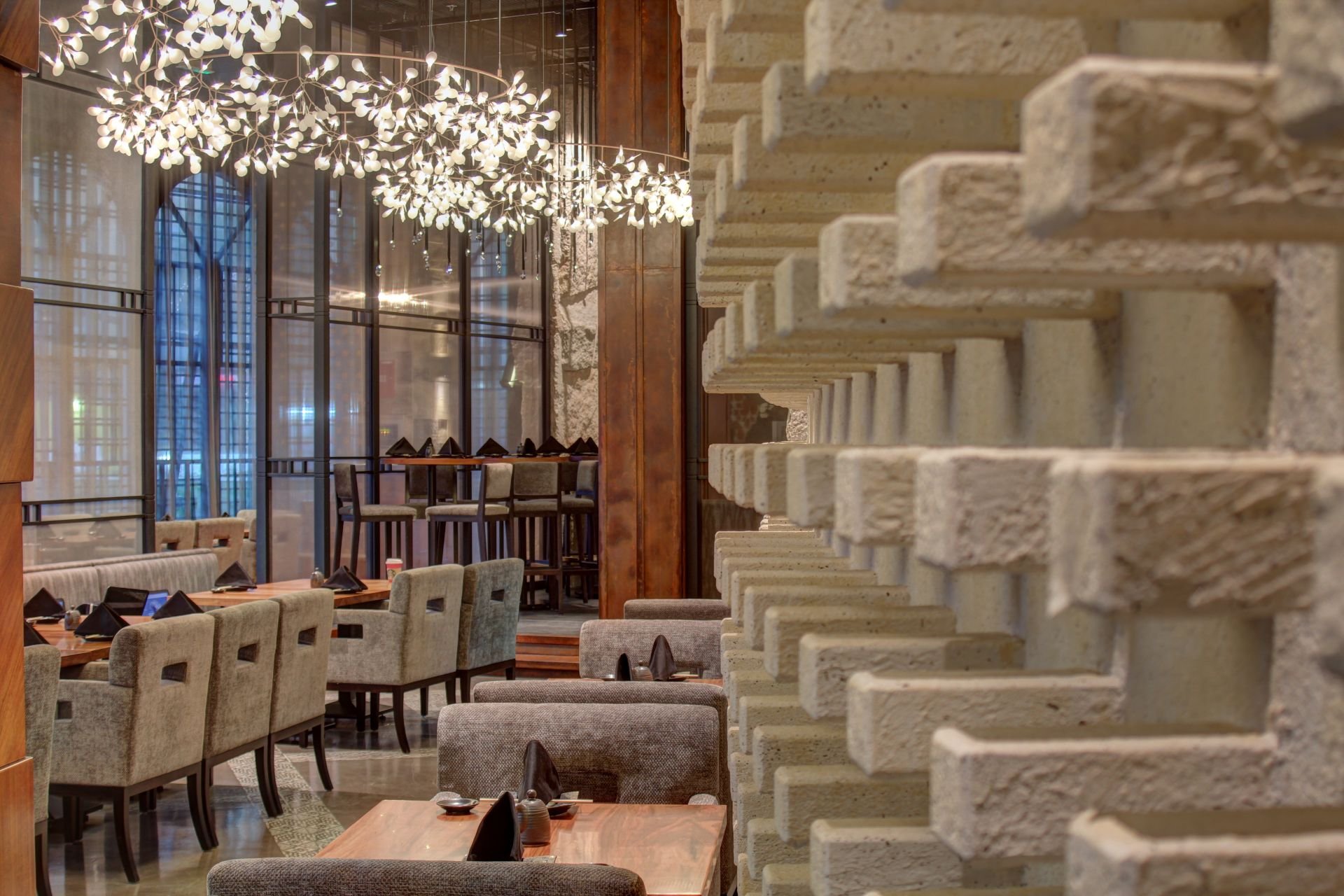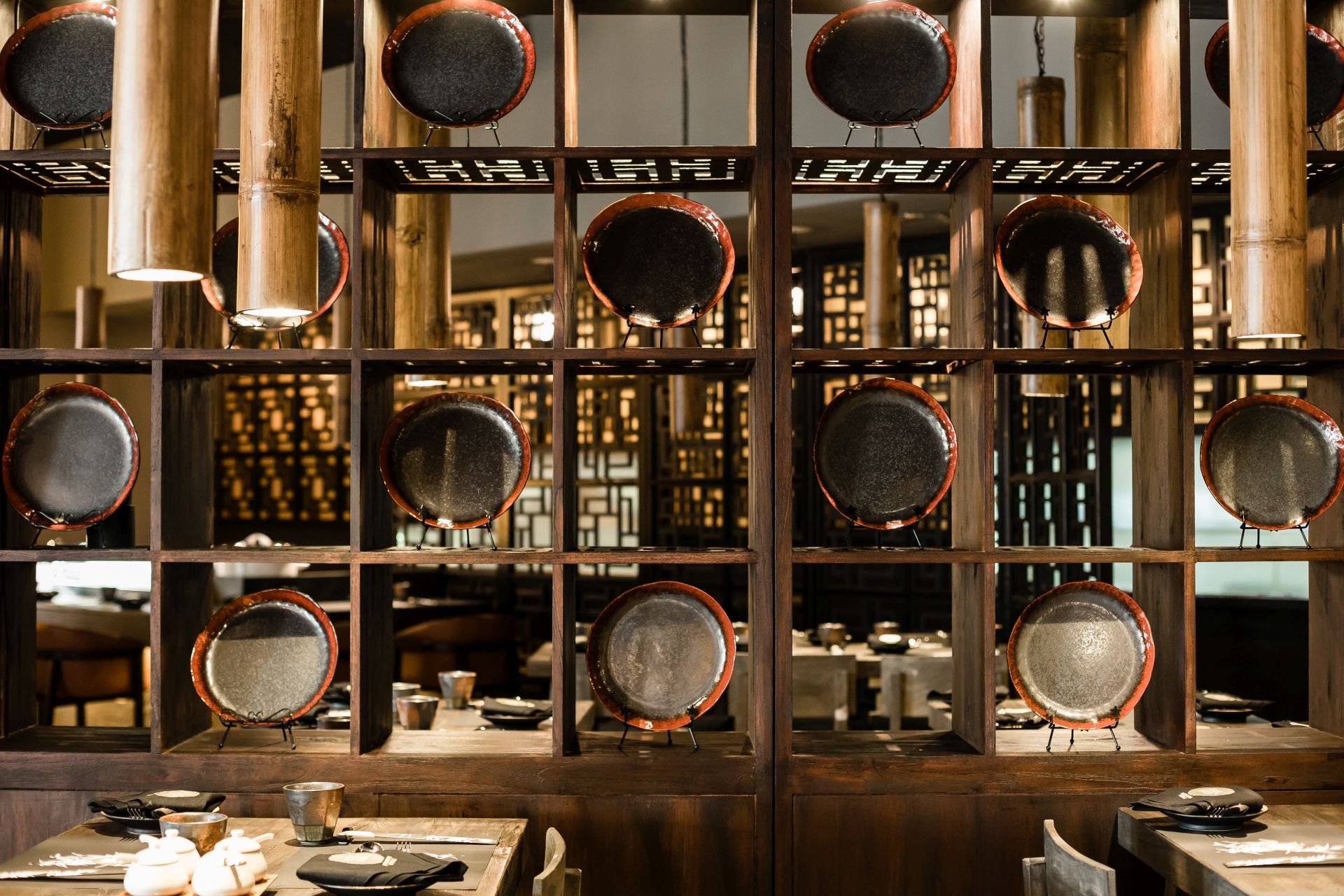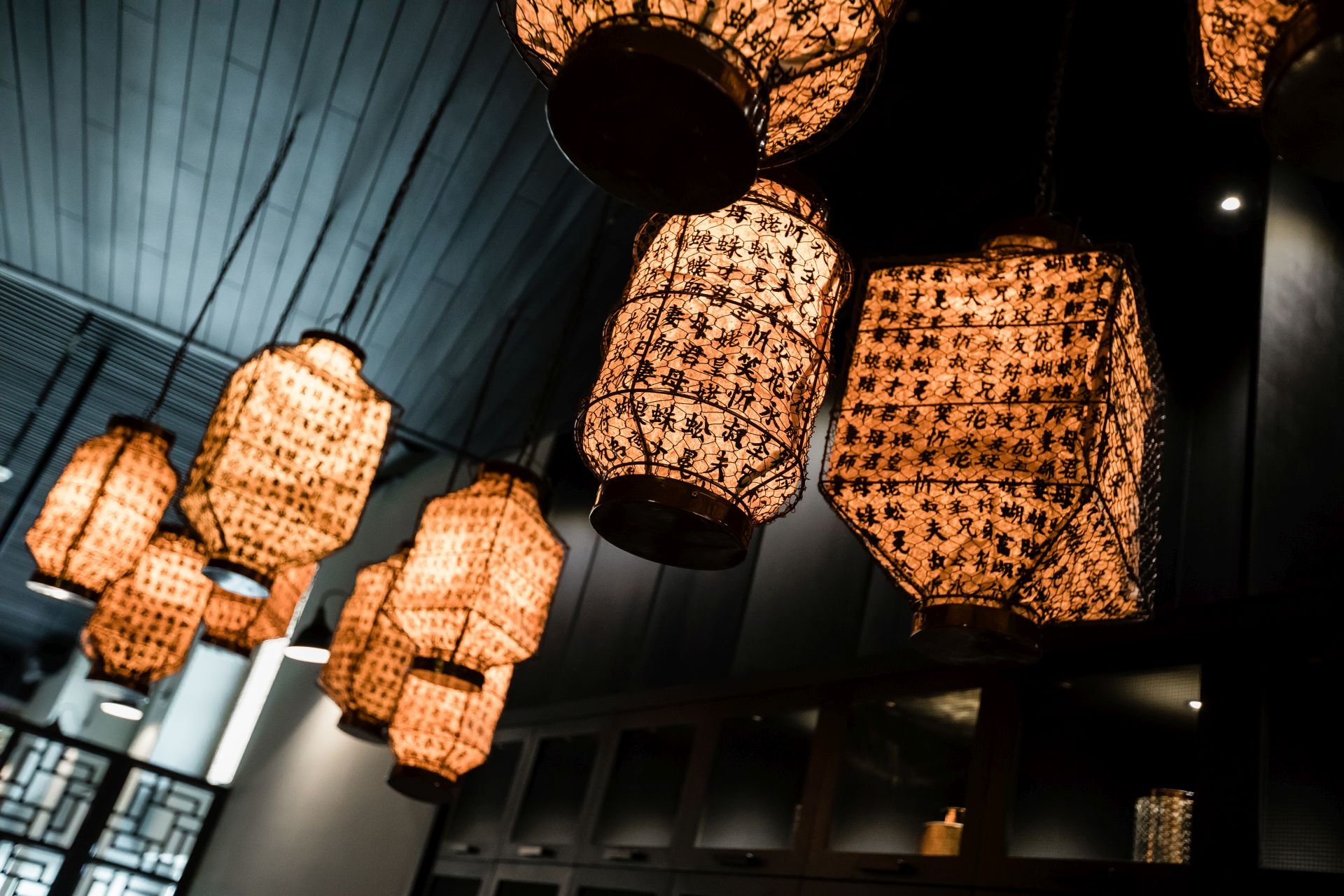It’s been said that style is a reflection of attitude and personality. According to Paul Bishop, MD and founder of Bishop Design LLC/Rogue, personality and character are what give a space its own unique identity. Many would agree with this. This made us pause to think what exactly is meant by designing with a sense of personality and with a mindset that signals risk. We caught up with Paul, Dries Vande Velde from Creneau International, and Gareth Cain from KannFinch, to discuss their thoughts surrounding the importance of injecting character into designs.
1. As a creative, how would you define 'cheeky' or 'risky' design?
Paul: To me, this means being adventurous with a space and heading in a particular design direction that most designers in the region may not aim towards. These are the designs that will give the consumers an original and thought-provoking experience; one that is not too common in the region. Dubai epitomizes this demographically in terms of design as the interpretation from the varying consumers is always unknown, especially when it comes down to ‘cheeky’ design. But this is why I do it. I want our clients and guests to be exposed to this type of design; although they may be seen as ‘provocative’ or perhaps even slightly controversial, this is what allows guests to connect with a space. The design creates a narrative that its clients will engage with, resulting in an extremely exciting, memorable and unique experience.
Dries: It’s all about pushing the boundaries of design. And this doesn’t mean to offend or antagonize; it simply means pushing against the current trends and trying something new. For me it means that I always aim to convince and push our clients to try a new approach, rather than replicating a design, which is often the case when a client explains the brief of the project. In every market, it pays off to be an innovator and make a large impact.
Gareth: It’s about an irreverent tension with our environment that can be physical or socio-economic; the greater the tension, the cheekier something is until you reach that subjective breaking point where something is in bad taste; however, the context is everything . For instance, in an austere, corporate environment, ‘cheeky’ could be as little as a pink cushion in an otherwise monochrome scene.

2. How would the ideas or concepts surrounding 'cheeky', 'bold', 'provocative' or 'risqué' translate into design? Any examples?
Paul: Currently we are working on two extremely exciting projects that perfectly portray this ideology of provocative, cheeky and bold in particular. The Hide Yamamoto and Jerome Legard restaurants, which are to be located in the Address Boulevard Hotel, encompassing the 70th and 71st floors, are a perfect representation. This is the direction that Rogue plan to take with our designs, one way or another. It’s important to myself as a designer that people connect with the design. If the space is intoxicating and alluring, the guests will be left in visual awe, giving them the urge to return at the earliest possibility. Torno Subito which is to open in the new W Hotel this year is also an extremely playful design for the world-renowned chef Massimo Bottura. The restaurant portrays a fun and evocative manifestation of beachside days spent in Rimini, Italy, during the period of the 1950’s-1960’s. We strongly believe that this design will now set a benchmark for similar venues in Dubai to follow, and may even be a key catalyst in perhaps a new direction for interior design within the region.
Dries: Pushing boundaries, which is what Creneau International always endeavor to do for our clients. As an example, we recently designed a bar where we needed to showcase entertainment within bars (musicians, comedians, etc.). Pushing away from the conventional space consuming center stage and creating a unique and theatrical show case for our client’s needs. With this pending project, I look forward to seeing how this ‘risqué’ and ‘bold’ approach to design will develop.
Gareth: I don’t think that ‘cheeky’ necessarily has to refer to something that is sexualized in the way that some of the other words seem to be. There’s a building around the corner from Manchester Piccadilly that comes to mind: it’s a 1960’s office building with white concrete and critall windows whose simplicity has stood the test of time far better than most of its contemporaries. The most interesting thing about the building though is that has a sculpture of three giant stick men, rope climbing up the side elevation and clambering onto the roof. That is the kind of ‘cheeky’ that I like; those guys are subverting the scale of their environment, the purpose of the building, and climbing where they shouldn’t be; but it’s not offensive, it’s not sexual and it’s not political. That’s something to consider, particularly in this region.
3. In terms of developing personality and character, how is Dubai doing?
Paul: Looking back to when I arrived in Dubai 21 years ago, I would have been of the opinion that the region lacks personality and character. After all, it was a growing city. One that needed to be seriously developed to generate tourism and excite the multi-faceted culture that Dubai is known for. However, designers and architects were given the ultimate platform to develop a city and expose its inhabitants to new and exciting experiences. There was, and still is, an opportunity for us as designers to leave behind a legacy. Also, nowadays we are seeing our clients becoming both more knowledgeable, and more adventurous whilst understanding the guests needs for a personalized design. They crave connection. They are searching for that ultimate Instagram moment, which is massively influencing the design industry at present. We consume so much through social media nowadays that any venue not maximizing their presence on these platforms through their offerings and ultimately through their design is potentially going to struggle. Therefore, our clients are leaving it to us to create that ultimate design and atmosphere which will entice the guests, resulting in a lot more personality and character being implemented into designs across the region.
Dries: When I first moved to the UAE market, I would have said that the region has some way to go in terms of having personality. Replicating ideas, what clients and previous colleagues had seen, rather than creating something new for this fast developing and challenging market, was common practice. It has taken time for our clients to trust and believe in us and our design process and ability to push boundaries and deliver success. Now with numerous successful projects, we have overcome this. The initial trust is there and clients accept our mentality ‘ideas of anti-ordinary’.
Gareth: Over the six years that I’ve been here I’ve noticed more character emerging in Dubai, whether that’s due to growth or that the character is slow to reveal itself, I’m not sure. I think everyone is aware of this bourgeois criticism from more established cities that somehow, because so much of Dubai is new, that it lacks a character other than that of excess, which is a very lazy criticism. I think of the character of Dubai for now as fearlessness, which is a great trait for us all to try and live up to creatively for now. Until the soup thickens and all of the disparate expressions of personality settle into the more unified type of identity that older cities enjoy.

Article info
Article:
Date added:
21 November, 2017







